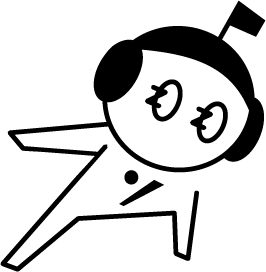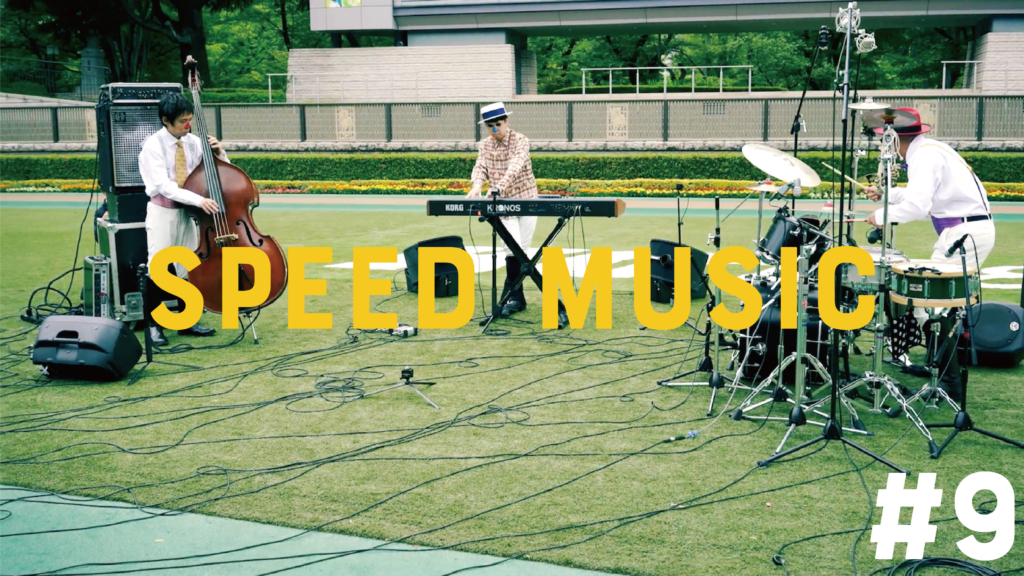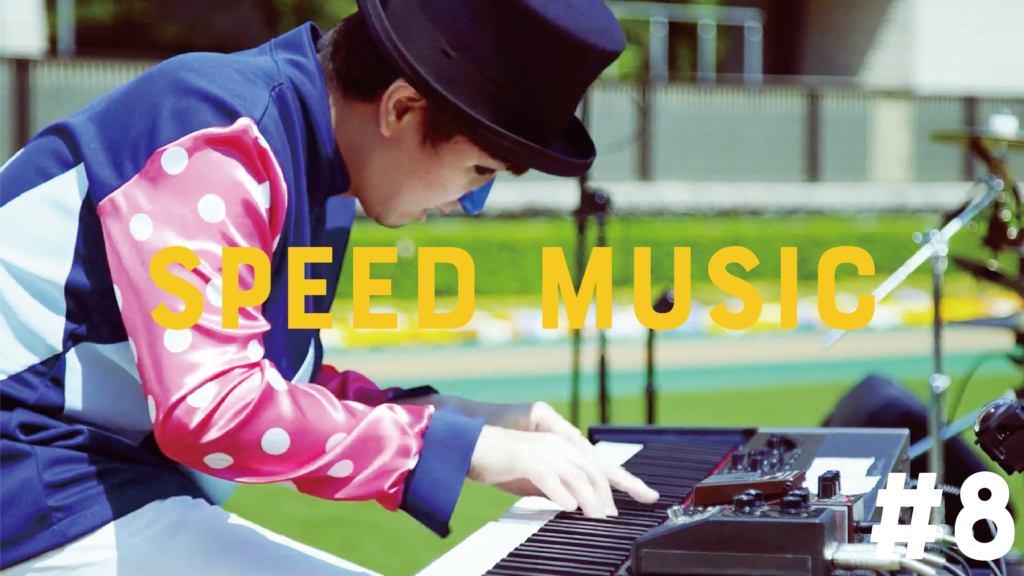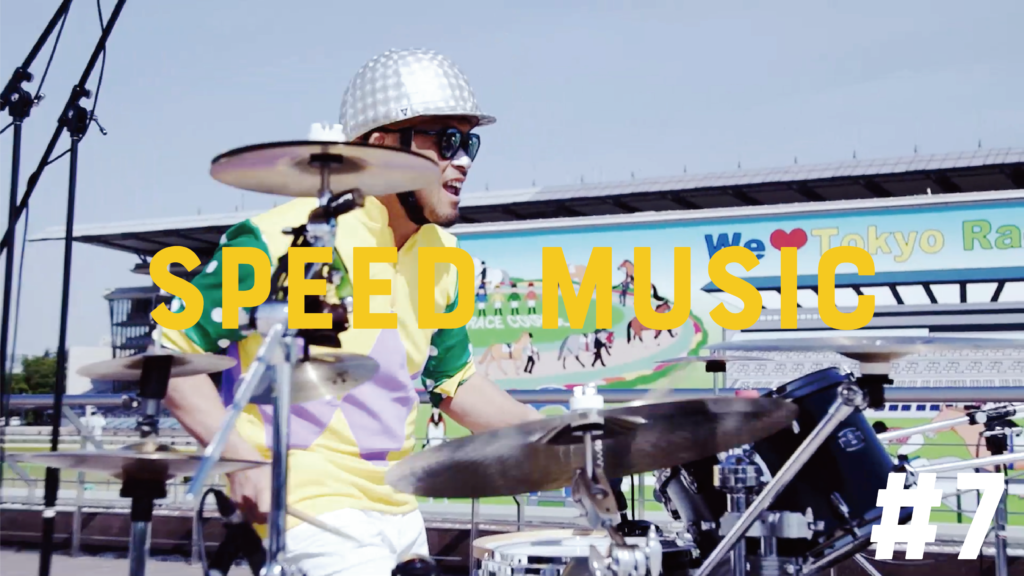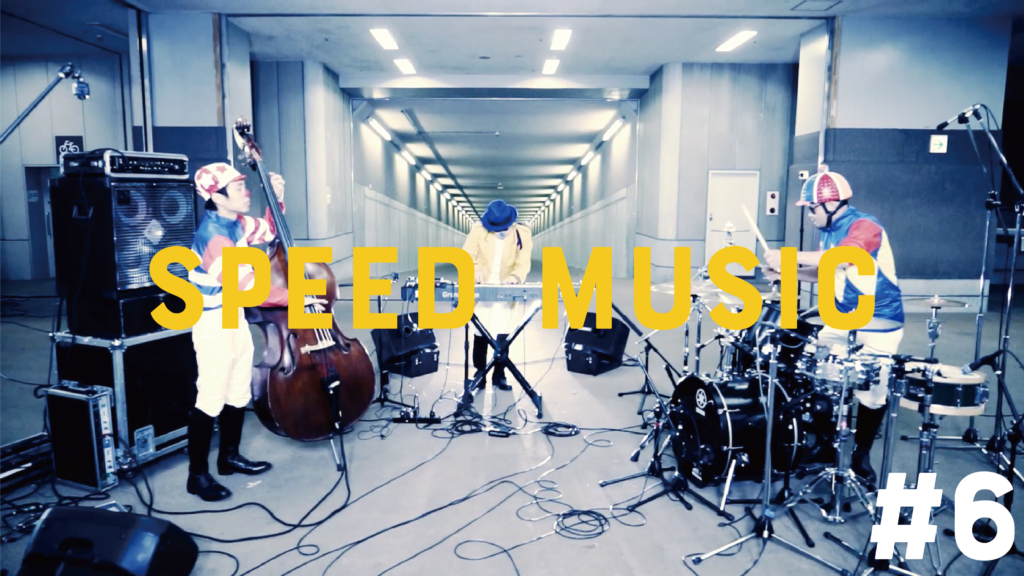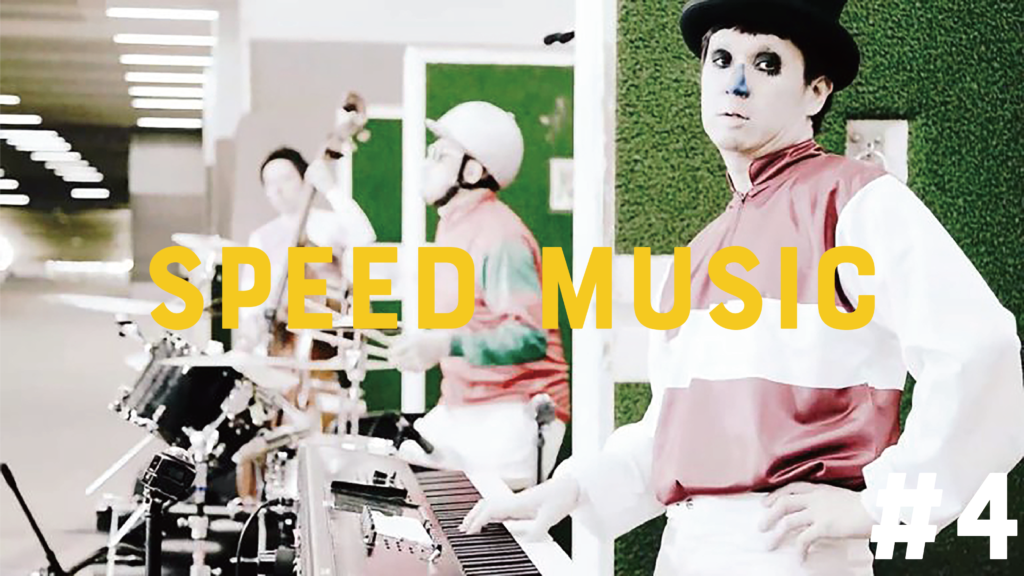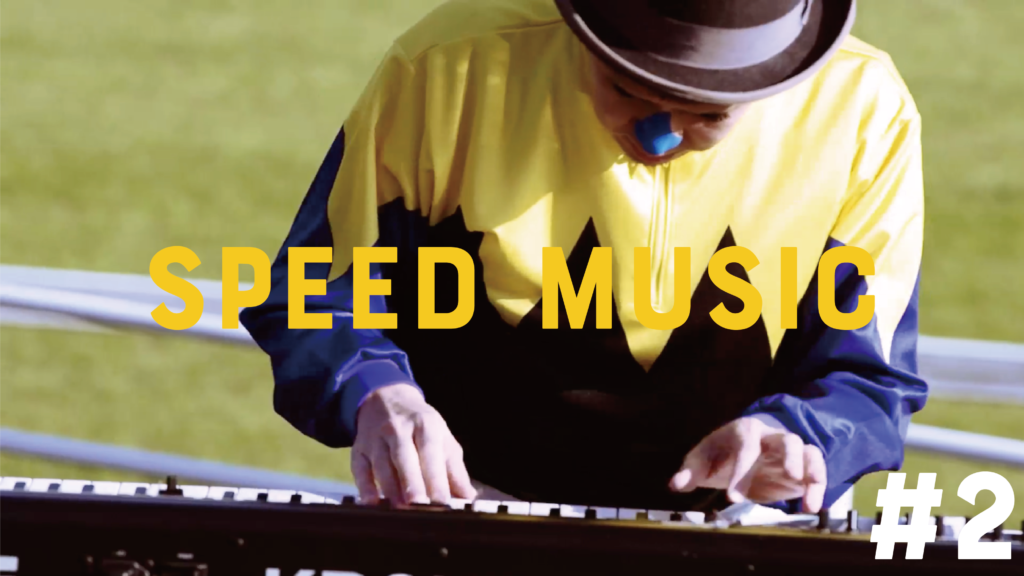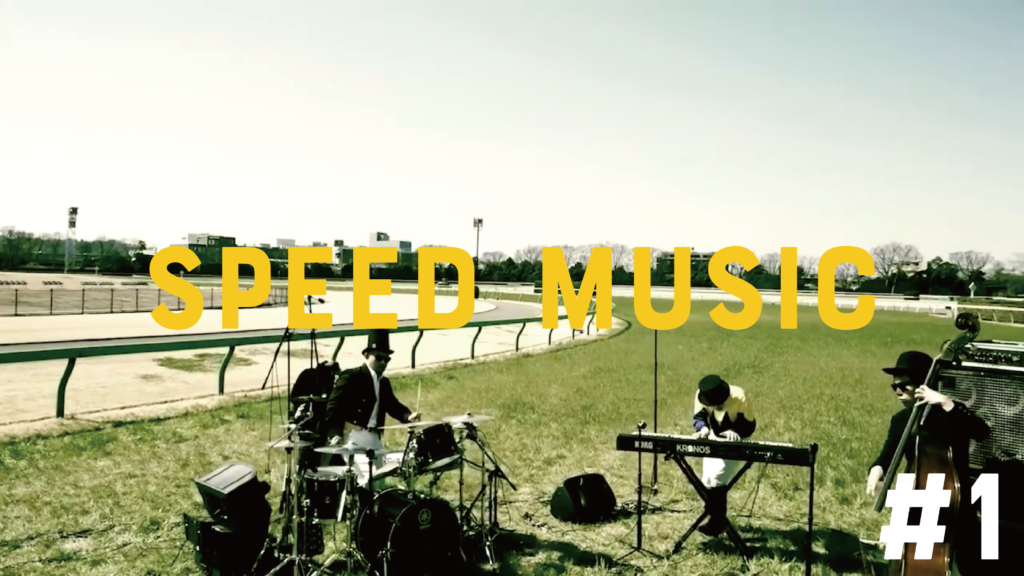#7 初恋 / 村下孝蔵 by H ZETTRIO
村下孝蔵の楽曲。1983年2月25日にCBSソニーよりシングルが発売された。村下の故郷である熊本県水俣市の商店街「ふれあい一番街」に、本曲の歌碑が2013年に建立された。さらに商店街ストリートの名称も「初恋通り」に改名された。2005年にNHKが実施した「スキウタ〜紅白みんなでアンケート〜」において、白組100位にランクインした。(フリー百科事典 ウィキペディア日本語版より:https://x.gd/3ZBoR)
Music by Kozo Murashita. The single was released by CBS Sony on February 25, 1983. A monument to this song was erected in 2013 in Murashita's hometown, Fureai Ichibangai, a shopping street in Minamata City, Kumamoto Prefecture. Additionally, the name of the shopping street was changed to Hatsukoi Dori.'' In 2005, NHK ranked the white group in the top 100 in theSkiuta~Kohaku Everyone Survey~''. (From the free encyclopedia Wikipedia Japanese version: https://x.gd/3ZBoR)
